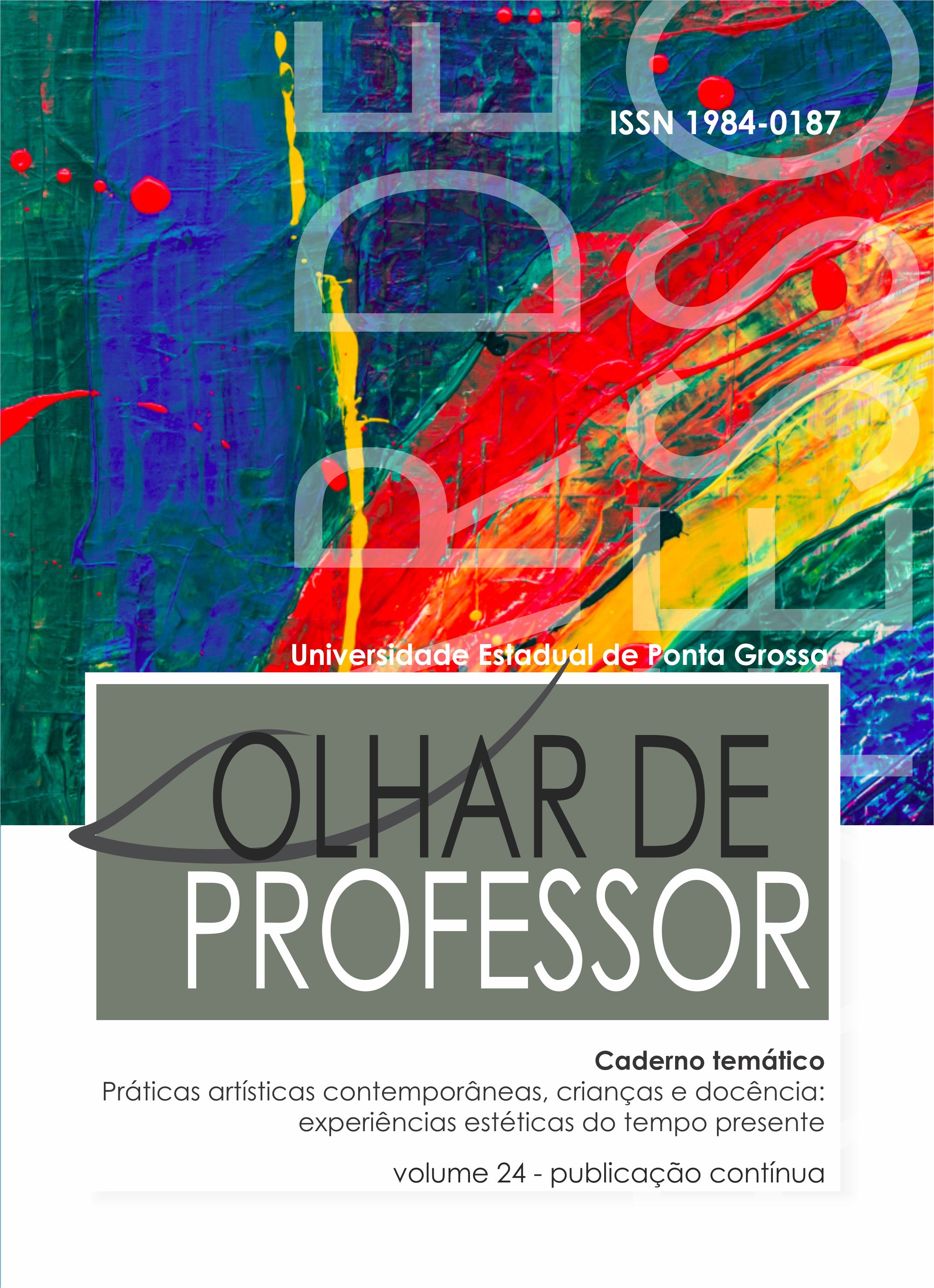Teaching and learning of calculus: exploring the three worlds of Mathematics
Main Article Content
Abstract
This paper brings a theoretical investigation, in a qualitative perspective, understood as a bibliographic study, developed with the objective to describe the Three Worlds of Mathematics theory, proposed by David Tall, and connect it with relevant aspects to the teaching and learning of Calculus. In this sense a general view was built on the Conceptual Embodied, Operational Symbolic and Formal Axiomatic worlds and that are related specifically with this mathematical knowledge field were presented. The results led to the conclusion that in opposition to the mechanical and repetitive process used to calculate limits, derivatives and integrals that an alternative pedagogical approach can be built. In this regard, a suggestion is made for the introduction of the study of Calculus starting from met-before related to geometry, arithmetic and algebra, that belong to embodied and symbolic reality, perceived in the worlds inhabited by the students that are starting their path at the university.
Downloads
Article Details
Authors who publish in this journal agree with the following terms:
a) Authors keep the copyrights and concede the right of its first publication to the magazine. The work piece must be simultaneously licensed on the Creative Commons Attribution License which allows the paper sharing, and preserves both the author identity and the right of first publication to this magazine.
b) Authors are authorized to assume additional contracts separately, to not-exclusively distribution of the paper version published in this magazine (e.g.: publish in institutional repository or as a book chapter), with the author identity recognition and its first publication in this magazine.
c) Authors are permitted and stimulated to publish and distribute their papers online (e.g.: in institutional repository or on their personal webpage), considering it can generate productive alterations, as well as increase the impact and the quotations of the published paper.
d) This journal provides public access to all its content, as this allows a greater visibility and reach of published articles and reviews. For more information on this approach, visit the Public Knowledge Project, a project that developed this system to improve the academic and public quality of the research, distributing OJS as well as other software to support the publication system of public access to academic sources.
e) The names and e-mail addresses on this site will be used exclusively for the purposes of the journal and are not available for other purposes.

This work is licensed under a Creative Commons Attribution 4.0 International License.





